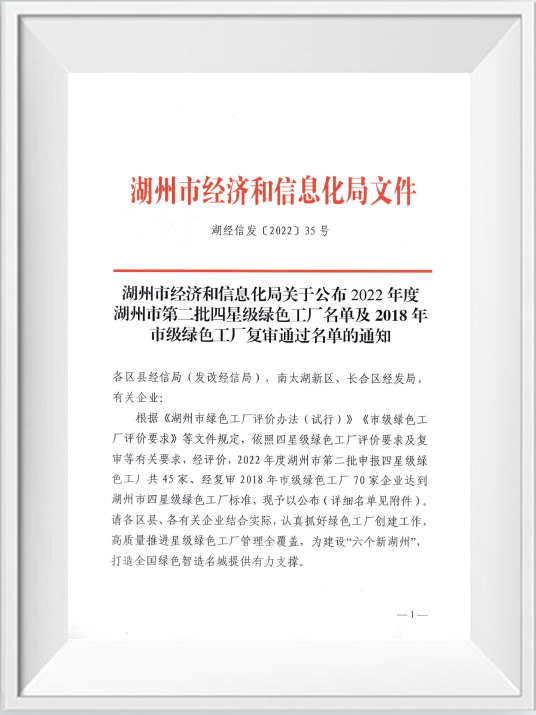How does the weight (in grams per square meter, GSM) of High Glossy Photo Paper impact print quality and durability?
Ink Absorption: The weight of the paper affects its porosity and ink absorption. Lighter weight papers may absorb more ink, potentially leading to reduced sharpness and color vibrancy. Heavier weight papers, with a denser structure, often allow inks to sit on the surface, resulting in sharper and more vibrant prints.
Detail and Resolution: Thicker, higher GSM papers tend to handle intricate details and high-resolution images better. They provide a stable surface for the printer to reproduce fine details accurately, contributing to improved print quality.
Durability:
Sturdiness: The weight of the paper contributes to its sturdiness and resistance to wear and tear. Heavier GSM papers are generally more durable, making them suitable for applications where prints may be handled frequently, such as in photo albums or portfolios.
Longevity: Durability is closely tied to the longevity of the printed images. Thicker papers are less prone to damage, creasing, or tearing, ensuring that the prints maintain their quality over time. This is particularly important for photographs intended for display or archival purposes.
Handling during Printing: The weight of the paper influences how well it feeds through the printer and how it withstands the mechanical stress during the printing process. Heavier GSM papers are less likely to jam or wrinkle, contributing to a smoother printing experience and consistent output.
What are the key characteristics that photographers and print professionals look for in High Glossy Photo Paper?
High Glossy Photo Paper is a popular choice among photographers and print professionals for producing high-quality prints with vibrant colors and sharp details. The key characteristics that they typically look for in high glossy photo paper include:
Surface Finish:
High Gloss: The glossy finish is crucial for achieving a vibrant and reflective surface that enhances color saturation and sharpness.
Weight and Thickness:
Weight: Heavier weights (measured in grams per square meter, or gsm) are often preferred for a more substantial and durable feel. Common weights for high glossy photo paper range from 200gsm to 300gsm.
Thickness: A thicker paper is generally associated with higher quality and durability.
Brightness and Whiteness:
Brightness: Higher brightness levels (measured in lumens) contribute to better contrast and color reproduction.
Whiteness: A high level of whiteness ensures that the paper provides a clean and neutral base for printing, enhancing color accuracy.
Color Gamut and Saturation:
Color Gamut: A wide color gamut allows the paper to reproduce a broad range of colors accurately.
Saturation: The paper should support vibrant and saturated colors for impactful photo prints.
Drying Time:
Quick Drying: Rapid drying is essential for preventing smudging and ensuring efficient handling of prints.
Compatibility with Inks:
Ink Absorption: The paper should have the right level of ink absorption to ensure optimal color reproduction and prevent issues like bleeding or over-saturation.
Longevity and Archivability:
Archival Quality: Photo paper that is acid-free and lignin-free tends to be more archival, ensuring that prints resist fading and deterioration over time.
Cost:
Affordability: While professionals seek high-quality results, cost considerations may also play a role, especially when dealing with larger volumes of prints.
Photographers and print professionals often experiment with different brands and types of high glossy photo paper to find the one that best suits their specific preferences and requirements. It's important to note that individual preferences may vary, and the choice of photo paper can be influenced by the specific printing project and desired outcome.























